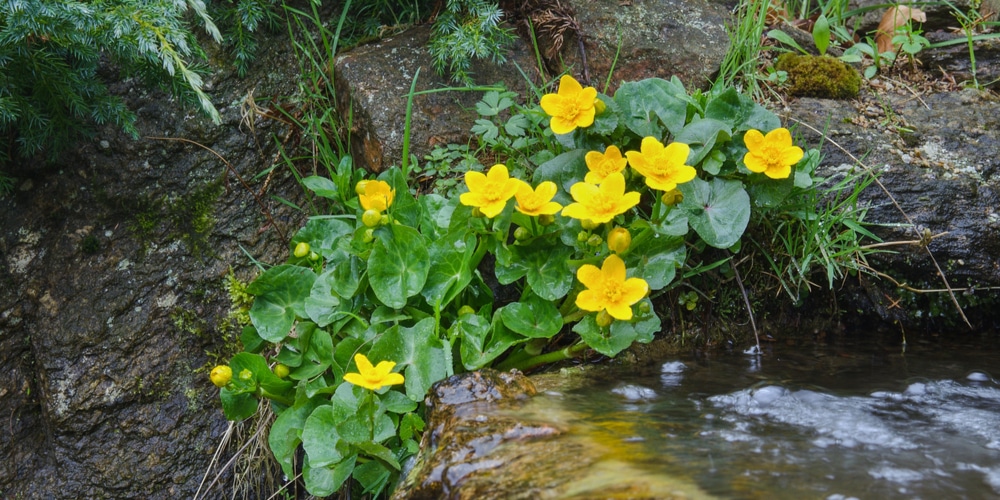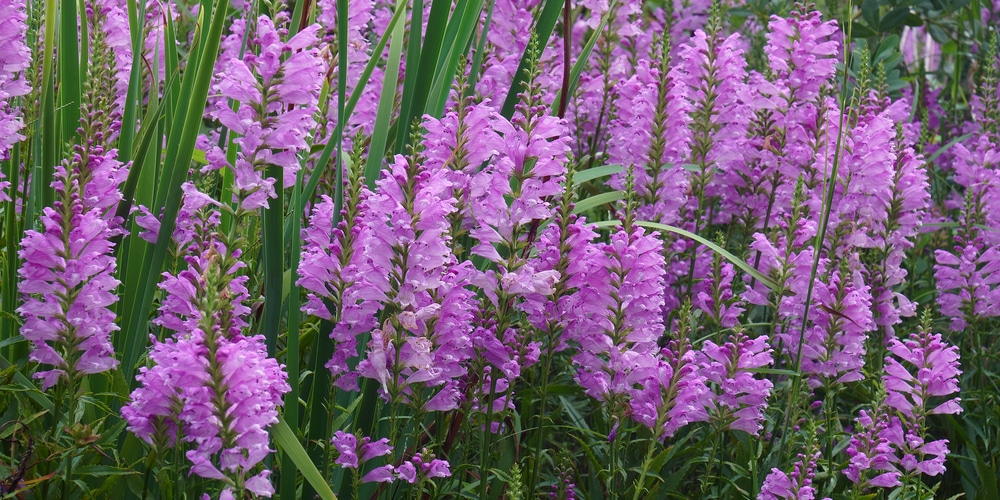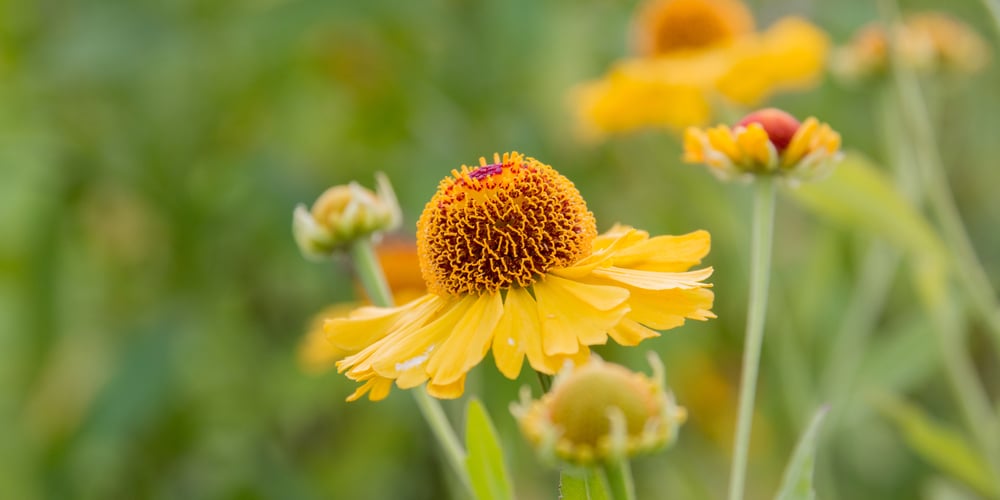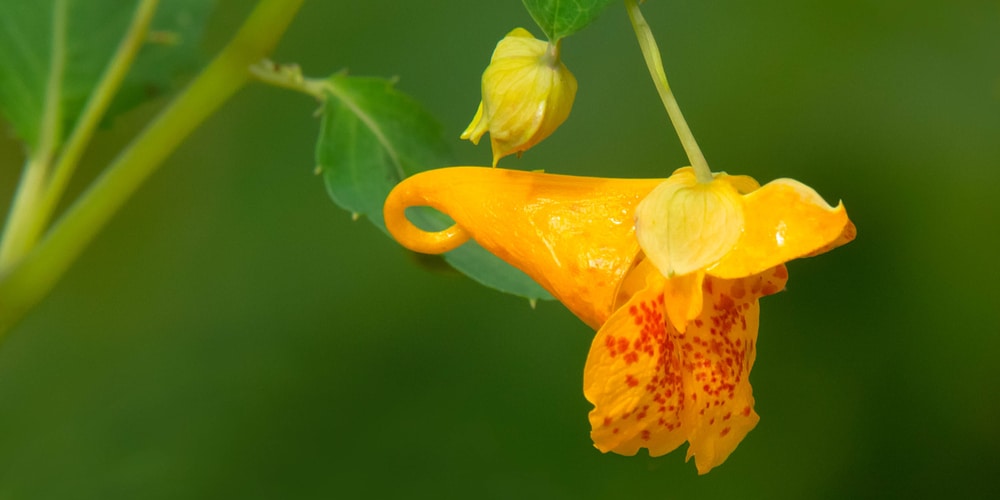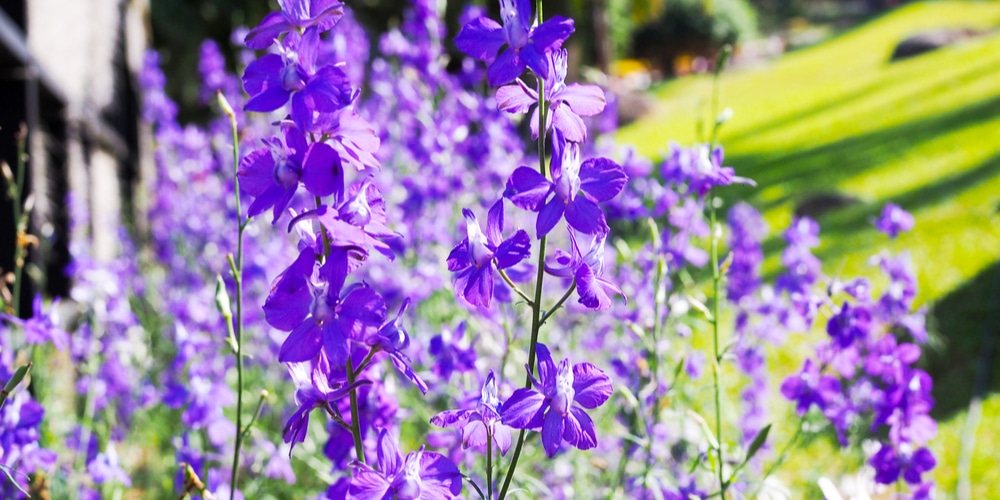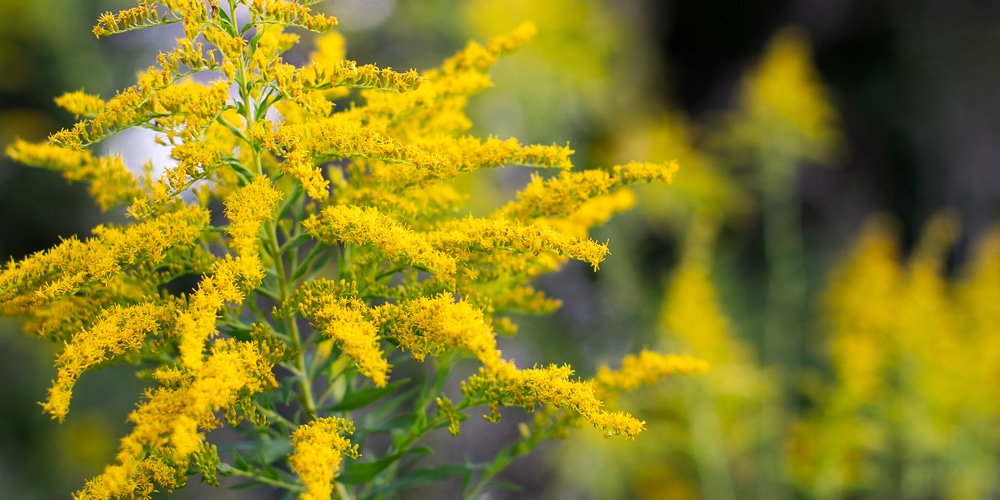The wetlands of Illinois is home to dozens of plant species, including shrubs, sedges, rushes and forbs. If you’re thinking of adding one to your garden pond you’ll need to know its light, soil and maintenance requirements. Here’s a list of Illinois Wetland Plants that grow and do well in moist soil.
Best Illinois Wetland Plants
Marsh Marigold
Marsh Marigolds never fail to brighten up any spot in the garden. It puts out a profusion of two-toned, big yellow flowers that catch the attention of any visitor or passer-by, and does so earlier than most.
Under the right conditions, you’ll enjoy these flowers from April to June. The plant is very adaptable and can thrive in several conditions, including a moist soil border, aquatic, woodland or wetland garden.
Obedience Plant
Obedience plant, aka False Dragonhead is an interesting specimen to have in your garden. It’s similar to lavender in that the flowers form atop a spike at the end of the stem. The flowers themselves vary but will usually have a red or pink tinge to them.
The plant is called such because the flowers take on the appearance of a dragon’s head. Also, the term ‘obedience’ is due to the fact that the flower tends to stay where you push them. This makes for interesting small talk and when you’re going around the yard with a friend or guest.
Yellow Sneezeweed
The Yellow Sneezeweed’s flowers are reminiscent of chrysanthemums, albeit in bright yellow form. Take a closer look and you’ll see an intricate structure of disc flowers with rays and scallops at the edge.
This Illinois wetland plant won’t likely make you sneeze- people used to call them as such because the dried flower heads were used as snuff. It’s worthy to note that it’s a tall plant and can grow up to 5 feet, with the leaves growing to a maximum length of 6 inches.
Spotted Touch-Me-Not
Most people will have their curiosity piqued with the flowers growing on a Touch-Me-Not. Warning aside, the dark orange and spotted flowers are shaped like cones, with the opening facing up and outwards.
The flowers hang from single stalks and will stay there from June until October. Right in the middle are pods where fruits are stored. A single touch from humans or other species will cause the pods to explode (hence the name) and scatter the seeds a good distance away from the mother plant.
Great Blue Lobella
You’ll definitely love the Great Blue Lobella as it’s hardy and produces the most interesting blooms.
The Illinois native is highly drought resistant and requires minimal care. It staves off insects and diseases and are perennial plants, meaning they come back the next year. In the flowering aspect, great blue pushes out spikes with innumerable purple flowers that have multiple lobes. Within the purplish hue are white stripes that add depth to its beauty.
Great blue lobella is a bit short and makes for great border variety. Plant one and it will reward you with a shower of purple come July until October.
Goldenrods
At first glance you might mistake them for attractive weeds, but take a closer look and you’ll realize that they’re actually prairie wildflowers.
Goldenrod is aptly named as you get a bright shoot of yellow in stems that look like it came from the rosemary plant. There’s quite a variety of goldenrods so you can take your pick depending on availability.
These plants are orderly in that they grow straight up. The flower cluster starts developing before August comes, and it will usually grow simultaneously in a magical and colorful transformation.
Wild Blue Iris
Not enough flowers in your garden? Bring home the Wild Blue Iris and watch as your space turns into a sea of purple and gold!
The blue iris does its work from May to June, producing large, complex flowers that have a dark purple border and golden center. Specifically, you’ll be greeted in threes- blue sepals and petals within a yellow base, with flat leaves and spanning up to three feet in length.
The plant mainly grows and spreads via rhizomes in a robust manner. You can prune it back to where you want it to go or dig up the rhizomes to spread around your yard.
Related Article: 6 Great Plants That Like (And Will Soak Up) Moist Soil
